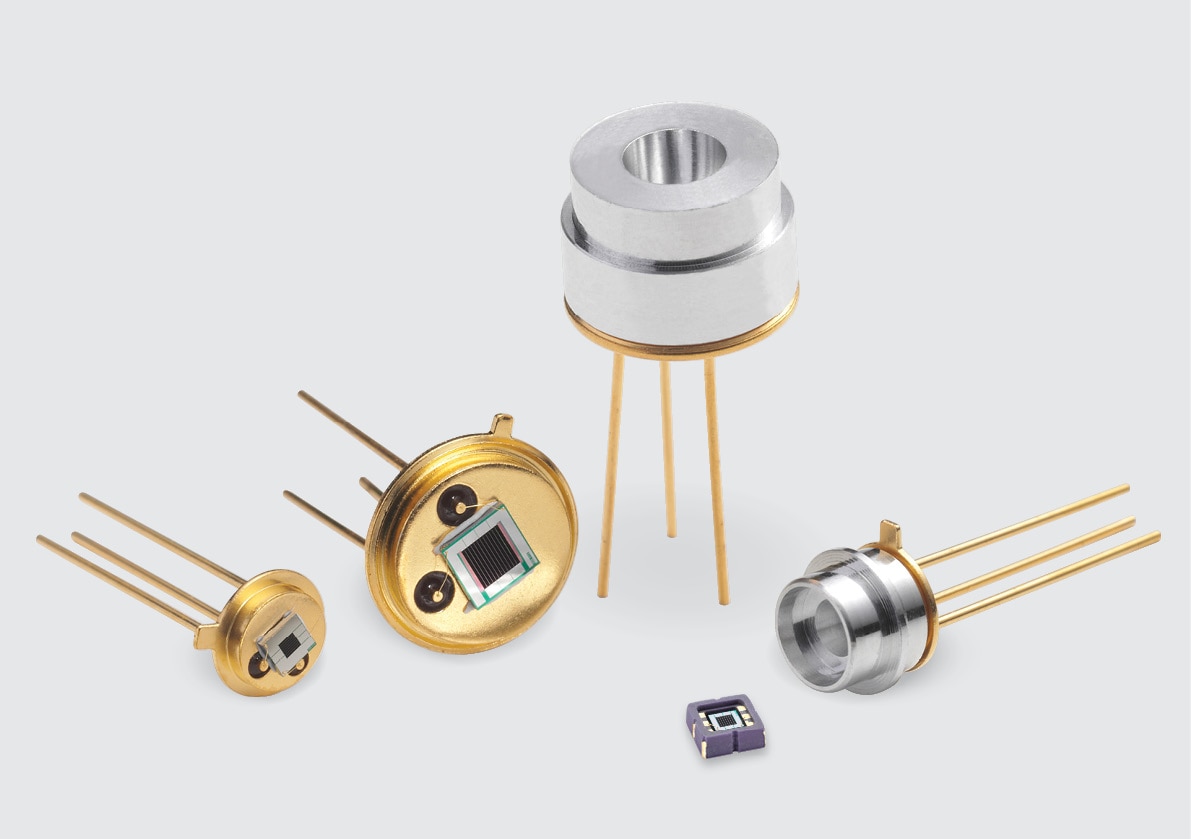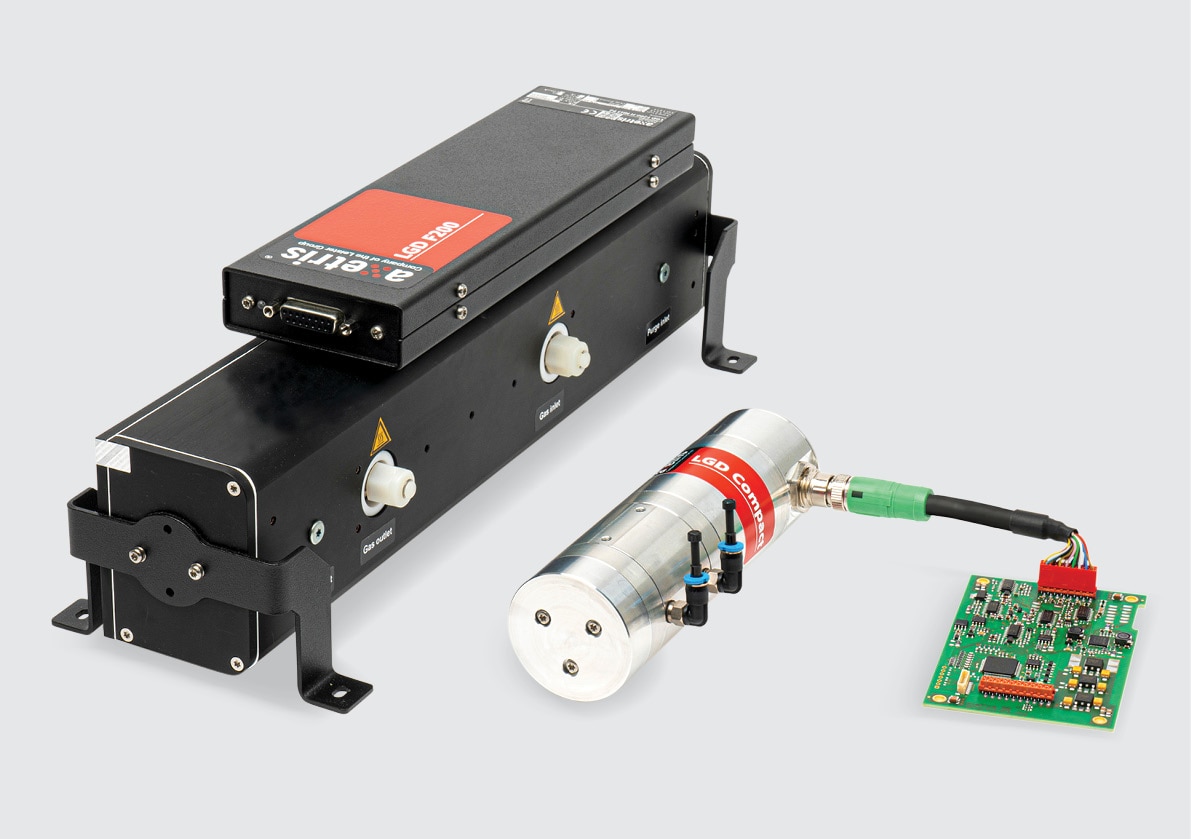Gas Measurement Knowledge
Measure the Invisible
Most gases are not visible to the human eye. And yet we are surrounded by them constantly and everywhere. Through the appropriate measurement technology, they can be determined, quantified and controlled. Be it for our safety or for the optimization of processes. Gas measurement technology always adds value. Learn more about the technology Axetris uses in its products here.
Gas Detection
Laser gas detection (LGD), based on tunable diode laser spectroscopy (TDLS), can overcome many gas detection challenges in emission monitoring and process control. This technology offers unique advantages such as precise optical, non-contact measurements, excellent target gas selectivity and sub-ppm detectivity. Learn more about the operating principle here.
Axetris infrared sources are micromachined, electrically modulated IR emitters that use true blackbody radiation. The patented design is based on a resistive heating element on a thin dielectric membrane whose carrier is a micromachined silicon layer. Learn more about the technology and the possible applications in gas measurement technology here.

